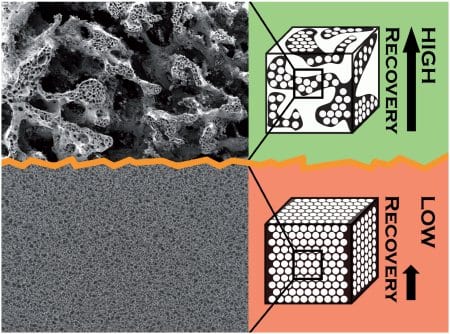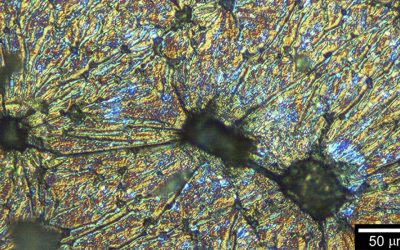The field of shape-memory polymers (SMPs) has seen significant progress in recent years. They can be programmed by the temporary fixation of a deformation that is recovered by a suitable stimulus like heat, electric current, humidity, light or alternating magnetic fields. Recent advanced achievements include the realization of remotely controlled actuation or more complex movements.
A wide variety of possible stimuli is desirable for SMPs to allow adjusting their shape change for the needs of specific applications. Another important aspect is the improvement of thermosensitive dual-shape polymers, for example the exact placement of their switching temperature within a desired temperature range. Furthermore, porous shape-memory polymers offer large recovery strains, while the shape change of small micropores can be utilized for filtration purposes.
The above aspects are some examples of the broad range of topics covered in a new special issue “Shape-Memory Effect in Polymers” of Macromolecular Chemistry and Physics, guest-edited by Andreas Lendlein (Institute of Polymer Research, Helmholtz-Zentrum Geesthacht).
The issue highlights the rapid advancement in the development of shape-memory polymers, including the theoretical description of the shape-memory effect in polymers, application-oriented research, or fundamental work on novel stimuli as well as major advances of thermosensitive dual-shape polymers.
Read here for free the full introductory Essay by Andreas Lendlein and Tilman Sauter:
“Shape-Memory Effect in Polymers”
And also refer to the recently published special issue “Advances in Actively Moving Polymers” of Macromolecular Materials and Engineering.


















